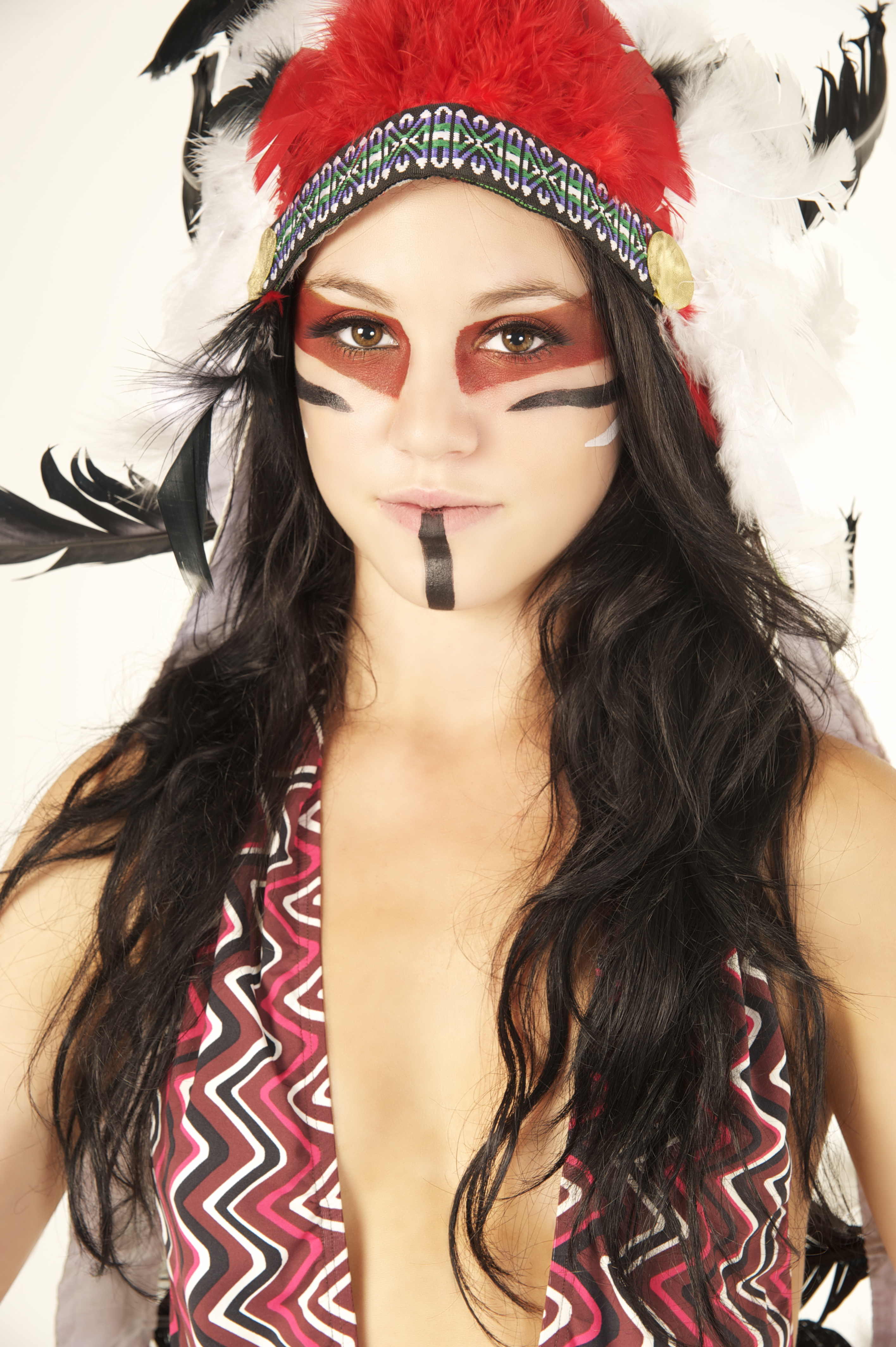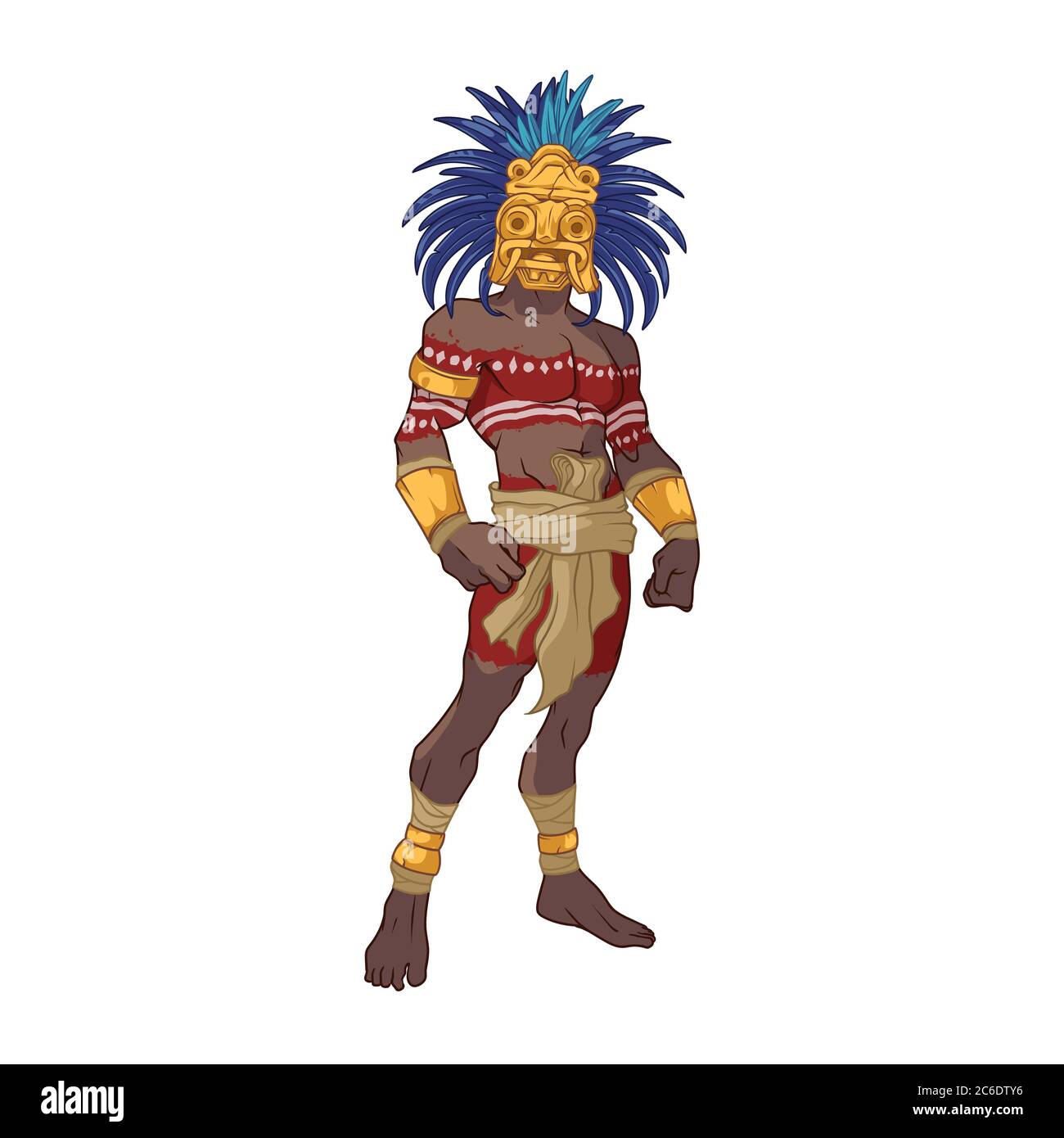
Aztecs Piezas de arte de época, Impresión de póster, Castillos
Aztec War Paint There is not enough evidence to suggest that permanent tattooing was a significant part of Aztec daily life or ritual ceremony. Body painting appears to have been more commonplace, particularly among the priesthood and the Aztec warrior classes, but even this is open to some debate.

More Mayan Warriors Head Your Way Aztec warrior, Mayan people, Mayan
Art and the fall of Tenochtitlan. The Mexican-Catholic tradition of Día de Muertos ("Day of the Dead") occurs on November 1 and 2. Families begin days or weeks in advance to make tasty treats to welcome the holiday—and now in October 2020 they still do, even as a global pandemic turns life upside down. By some horrid irony, 2020 marks.

Pinterest Aztec warrior, Mayan art, Vintage nature photography
The Templo Mayor (Main Temple) in Tenochtitlan, capital of the mighty Aztec empire, was located in the center of the city, where the most important ritual and ceremonial activities in Aztec life took place.Standing about ninety feet high, the majestic structure consisted of two stepped pyramids rising side by side on a huge platform. It dominated both the Sacred Precinct and the entire city.

aztec war paint War paint, Indian face paints, Native american war paint
Definition by Mark Cartwright published on 06 January 2014 Listen to this article Available in other languages: French, Spanish Coyolxauhqui Head Alberto Martinez Subtil (CC BY-NC-ND) The Aztec culture, centred at the capital of Tenochtitlan, dominated most of Mesoamerica in the 15th-16th centuries.

Aztec warrior Aztec artwork, Aztec art, Aztec warrior
Battle of Tenochtitlán, (May 22-August 13, 1521), military engagement between the Aztecs and a coalition of Spanish and indigenous combatants. Spanish conquistadores commanded by Hernán Cortés allied with local tribes to conquer the Aztec capital city of Tenochtitlán.

Aztec warriors Aztec Empire, Ancient Aztecs, Aztec Culture, Mayan Art
Among them was the god of the Sun, war, and human sacrifice: Huitzilopochtli. Huitzilopochtli, whose name translates to "Resuscitated Warrior of the South," was often depicted with yellow-striped face paint and blue body paint, a headdress with colorful hummingbird feathers, and a flowing cape. According to legend, the deity led the Aztec.

Solo Imagenes. Native American Face Paint, Native American Warrior
Following the fall of Tenochtitlan, an Aztec poet composed a searing account of the capture of the capital city. Written in the Nahuatl language, using the Latin alphabet of the Spanish invaders.

Aztec Eagle Warrior Watercolors total time 10 hours Aztec warrior
Body painting Less permanent decorations, such as body paint, were donned for special occasions to mark the status of the wearer. Mayan warriors painted their faces and bodies with black and red colors, and priests painted themselves blue.

Aztec art hires stock photography and images Alamy
Both face paint and maguey plants can be seen in Figure 23. Two styles are associated with the sun gods, Lord 7 Flower and Lord 1 Skull. Lord 7 Flower's face is usually divided horizontally, with the lower half of the face painted red. Lord 1 Skull may also wear this red jaw style.

Ancient aztec woman with body paint all over her Vector Image
The Aztecs (/ ˈ æ z t ɛ k s / AZ-teks) were a Mesoamerican culture that flourished in central Mexico in the post-classic period from 1300 to 1521. The Aztec people included different ethnic groups of central Mexico, particularly those groups who spoke the Nahuatl language and who dominated large parts of Mesoamerica from the 14th to the 16th centuries. Aztec culture was organized into city.

Aztec Eagle Warrior Conquistador, Inca, Savage Nation, Louella Parsons
What type of war paint did the Aztecs have? ORIGINAL QUESTION received from - and thanks to - Gabrielle Racine: I'm wondering what kind of war paint did the aztecs have I haven't been able to find any information on the subject. (Answer compiled by Ian Mursell/Mexicolore)

Aztec warriors in combat with captured Spanish gunpowder weaponry
Definition by Mark Cartwright published on 18 March 2015 Listen to this article Available in other languages: French, Portuguese, Spanish, Turkish Aztec Eagle Warrior Dennis Jarvis (CC BY-SA) The Aztecs engaged in warfare ( yaoyotl) to acquire territory, resources, quash rebellions, and to collect sacrificial victims to honour their gods.

Aztec jaquar warrior with dead Spaniards Fantasy Warrior, Fantasy Art
However, for the Aztecs, the people who lived in Central Mexico before the arrival of the Spaniards in 1519, language took a painted form. The Aztecs understood writing and painting to be deeply intertwined processes, so much so that the Nahuatl word for "painter," or tlacuilo, translates to "painter-scribe" or "painter-writer.".

Warriors in art Aztec Warrior by Viktória Verebélyi Mayan art, Aztec
October 20, 2023 The Aztecs, an ancient Mesoamerican civilization, were not only renowned for their military prowess but also for their rich cultural heritage, which included the use of war paint as both a practical and symbolic element of their warrior tradition.

aztec fighter Google Search in 2020 Aztec warrior, Aztec art, Aztec
The Aztecs understood writing and painting to be deeply intertwined processes, so much so that the word for "painter," or tlacuilo, translates to "painter-scribe" or "painter-writer."

mayan guard アステカ, 文化, シャーマニズム
Aztec paintings were a part of Aztec culture which flourished during the 14th, 15th, and 16th centuries. There were a variety of historical influences on Aztec paintings, including the influence of Olmec, Maya, Toltec, and Zapotec civilisations. In particular, the artistic traditions of the Aztecs were heavily influenced by the Toltec.